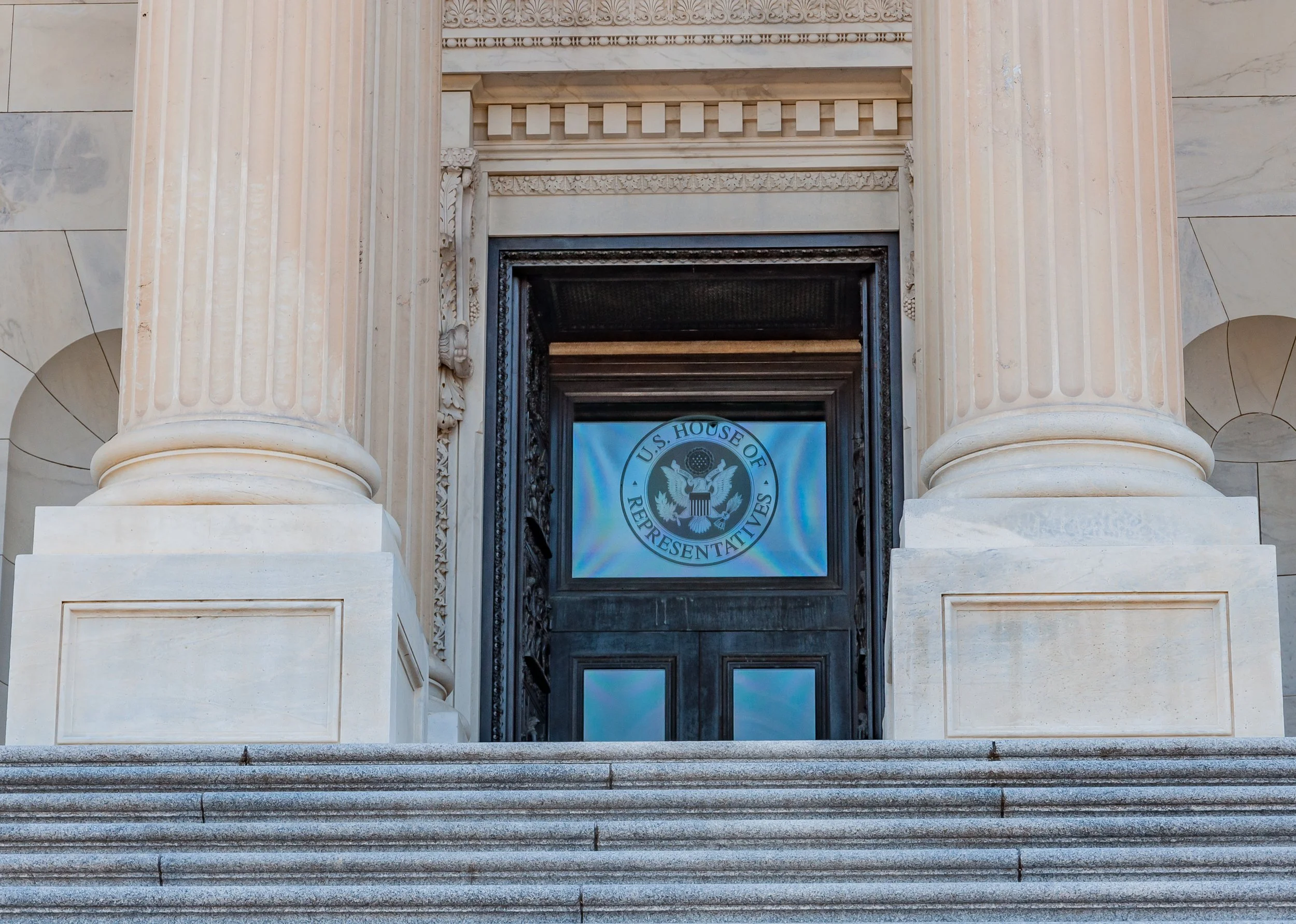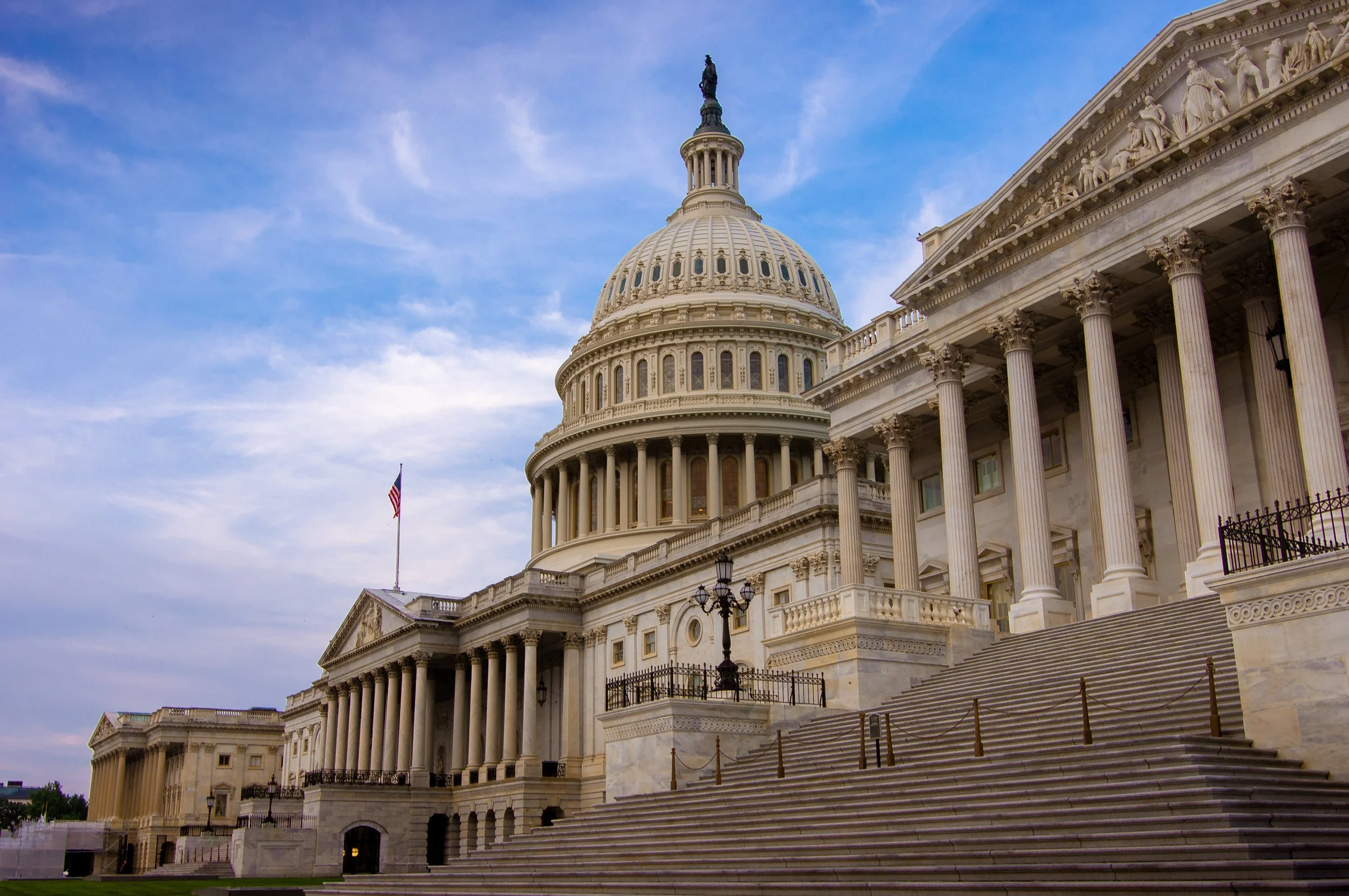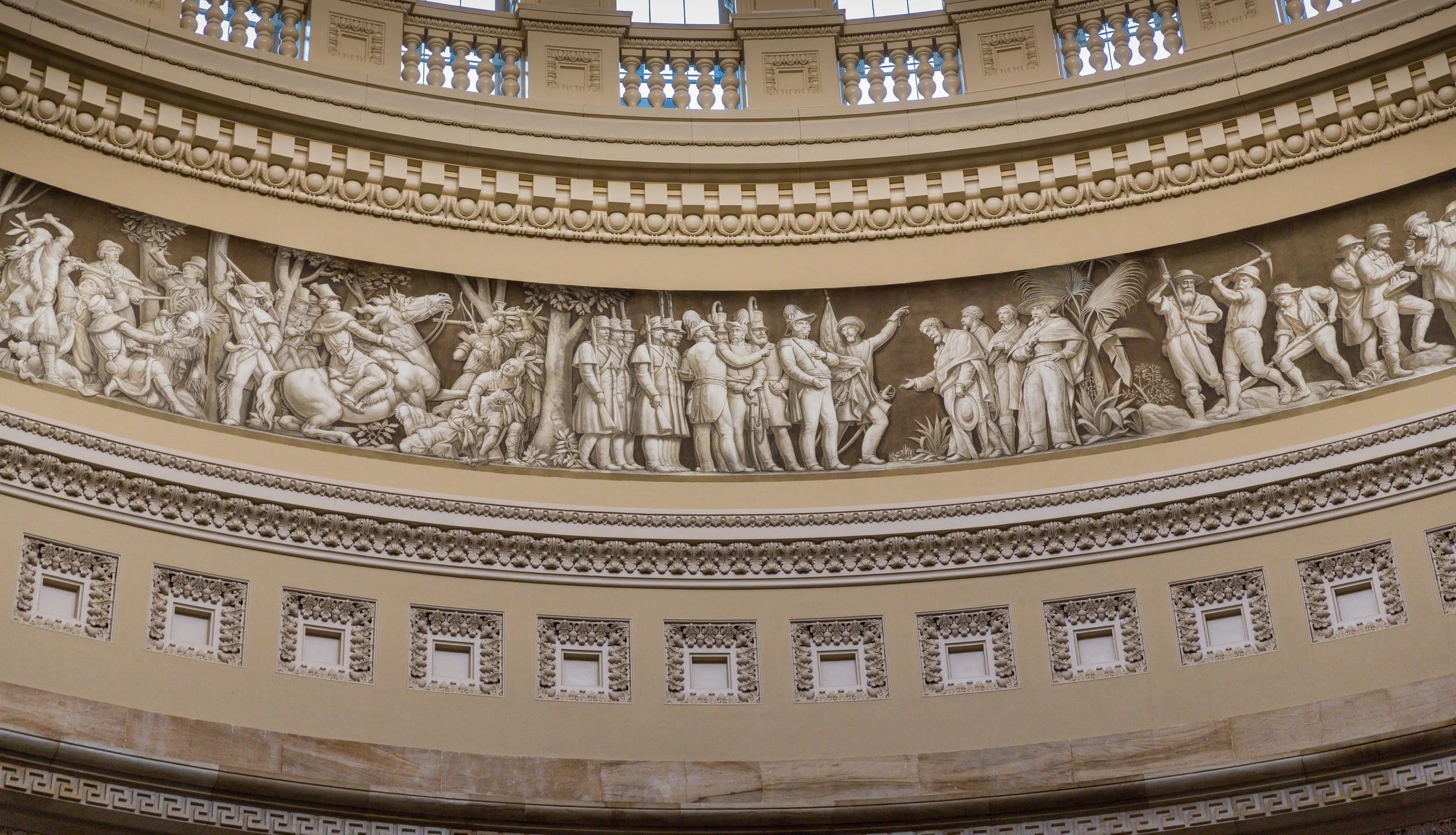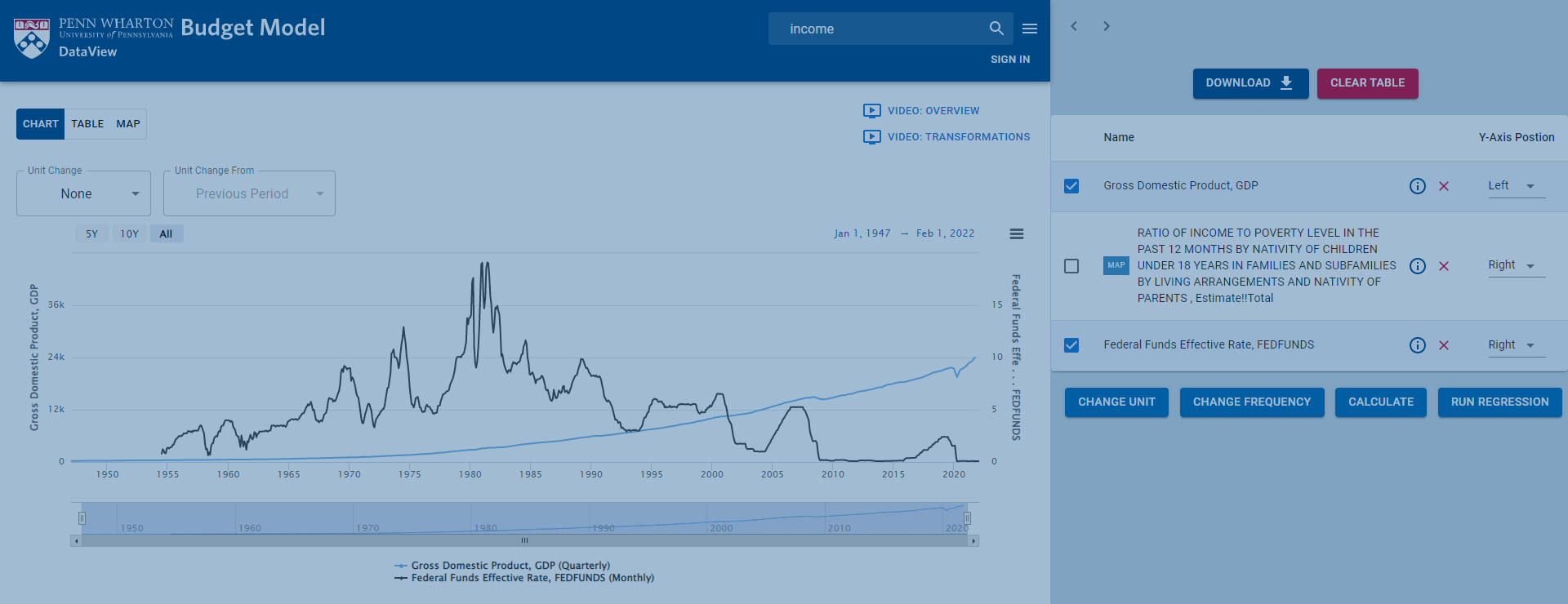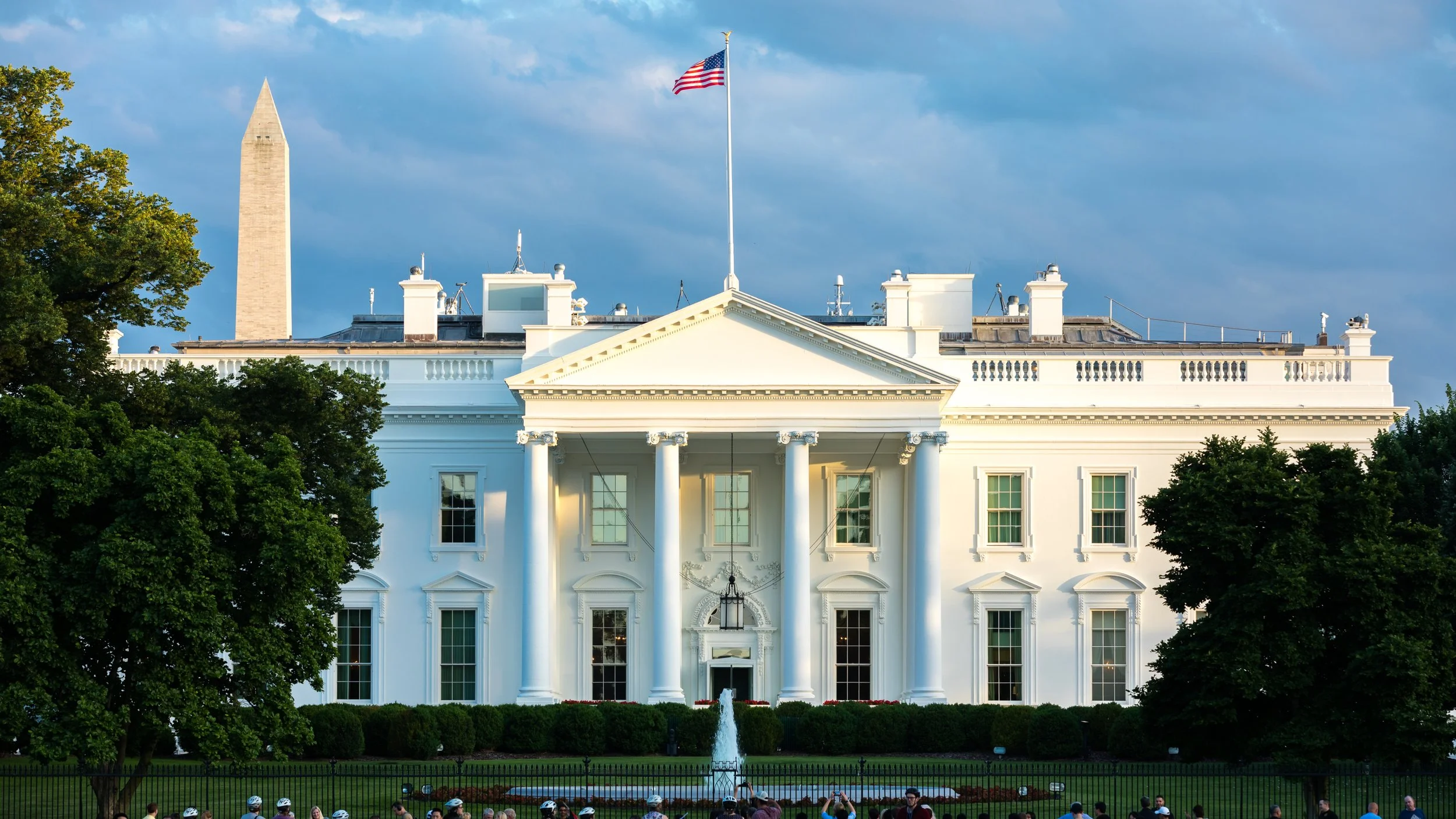If spending and tax changes in the House-passed reconciliation bill are made permanent, federal debt increases by 9.9 percent in 10 years and 22.9 percent in 30 years. GDP decreases by 3.6 percent, and wages fall by 2.9 percent. Dynamic costs exceed conventional costs in the budget window.
The House-Passed Reconciliation Bill: Budget, Economic, and Distributional Effects
We estimate the House-passed reconciliation bill increases primary deficits by $2.8 trillion over 10 years. GDP rises slightly, as labor supply and savings respond to a reduced social safety net, but the dynamic score is larger ($3.2 trillion) than the conventional.
House Reconciliation Bill: Illustrative Calculations with Permanence (May 20, 2025)
If spending and tax changes in Reconciliation are made permanent, federal debt increases by 11.1 percent in 10 years and 24.3 percent in 30 years. GDP remains flat and wages fall by 0.5 percent. Dynamic costs exceed conventional costs in the budget window.
House Reconciliation Bill: Budget, Economic, and Distributional Effects (May 19, 2025)
We estimate the House reconciliation bill increases primary deficits by $3.3 trillion over 10 years. Even so, GDP rises in the short and long term, as precautionary increases in labor supply and savings respond to a reduced social safety net.
The Long-Term Budget Effects of Permanently Extending the 2017 Tax Cuts and Jobs Act’s Expiring Provisions
Several revenue and spending provisions in The Tax Cuts and Jobs Act (TCJA) are scheduled to expire (“sunset”) by the end of 2025. We estimate that “extenders” (“no sunset”) would increase the federal debt held by the public from 226.0 percent of GDP to 261.1 percent of GDP by 2050.
Three-Month Federal Gas Tax Holiday: Estimated Cost Reductions to Households
We estimate that suspending the federal excise tax on gasoline from July to September this year would lower average gasoline spending per capita by between $4.79 and $14.31 over three months, depending on geographic location and modeling assumptions, and lower federal tax revenue by about $6 billion during that period.
Analysis of Carbon Emission Reductions in Build Back America
Build Back Better (BBB) Act allocates about $550 billion to climate change policies. Provisions that are funded with user fees can grow the economy while deficit financing can shrink the economy.
Introducing PWBM's DataView
DataView is a powerful new tool that simplifies collecting, visualizing, and analyzing government and other public data:
Search across millions of data series available from dozens of sources.
Transform and combine data as desired using simple “point and click”.
Visualize your data with graphs, tables, scatterplots, and animated US maps.
Test your ideas using integrated regression analysis.
Create an account to save your work for later as well as share with others.
Effects of a Federal Gas Tax Holiday
We estimate that suspending the federal gas tax from March to December 2022 would lower average gasoline spending per capita between $16 and $47, depending on geographic location and assumptions, but lower federal tax revenue by about $20 billion over that period.
The Impact of the Build Back Better Act (H.R. 5376) on Inflation
PWBM projects that the spending and taxes in the Build Back Better Act (H.R. 5376), as written, would add up to 0.2 percentage points to inflation over the next two years and reduce inflation by similar amounts later in the decade. As an illustrative alternative, if temporary major spending provisions were made permanent, the bill would add up to a third of a percentage point to near-term inflation and have a negligible impact on inflation later in the decade.
Inheritances by race
We estimate that White households inherit over 5.3 times as much as Black households and 6.4 times as much as Hispanic households. White households are 2.8 times more likely than Black households to inherit any wealth. Differences in inheritances reflect and may contribute to wealth differences by race.
Impact of Inflation by Household Income
We estimate that inflation in 2021 will require the average U.S. household to spend around $3,500 more in 2021 to achieve the same level of consumption of goods and services as in recent previous years (2019 or 2020). Moreover, we estimate that lower-income households spend more of their budget on goods and services that have been more impacted by inflation. Lower-income households will have to spend about 7 percent more while higher-income households will have to spend about 6 percent more.
Macroeconomic Effects of the White House Build Back Better Budget Reconciliation Framework
PWBM estimates that the White House’s Build Back Better reconciliation framework would increase spending by $1.87 trillion over the 10-year budget window and revenues by $1.56 trillion over the same period. By 2050, the proposal would increase federal debt by 2.0 percent and decrease GDP by 0.1 percent, relative to the current law baseline.
Corporate Debt: Historical Perspective and Options for Reducing Interest Deductibility
While corporations are at historically high levels of debt relative to assets, leverage remains close to its historical average relative to firms’ market value and relative to interest expense as a fraction of cashflow. In PWBM’s dynamic firm model, reducing the deductibility of interest expenses by 10 percentage points decreases corporate output by 0.26 percent while decreasing corporate debt by 6.76 percent.
Small Business and Coronavirus Relief
In an attempt to prevent and reverse layoffs due to coronavirus, the recently-passed CARES Act established a new lending program targeted at businesses with 500 or fewer employees. These businesses account for 99.7 percent of all firms, 47.3 percent of employment, 40.7 percent of annual payroll, and about one-third of the growth in employment and wages. These businesses also account for 60 percent of employment in the leisure and hospitality sector, which has been disproportionately harmed by the pandemic’s effects.
Recession Simulator
This simulation tool uses the experience of the Great Recession of 2007-2009 as a template to simulate key economic indicators during a recession beginning in March, 2020.
Continuation of Low Oil Prices Would Hinder Investment and Growth in 2020
If oil prices remain at current levels through the end of 2020, we estimate that growth in business investment will be 1.9 percentage points lower and growth in GDP will be 0.25 percentage points lower in 2020.
Dynamic Distributional Analysis
PWBM introduces a new measure of distribution that corrects numerous deficiencies in existing distributional measures that are commonly used to evaluate policy analysis.
Marty Feldstein: Influential Advisor to Policymakers, Economists & Students
Marty Feldstein was the most influential U.S. economic policy adviser during the past half century. He was incredibly generous with his time, he pushed students to think about the economic intuition of their ideas. The teaching of sensible economics stands the course of time, and Marty was a steadfast defender of it.
Furloughed Federal Workers Were Both Employed and Unemployed in January
Hundreds of thousands of federal government workers were recently on furlough due to a partial lapse in appropriations. Furloughed employees are barred from working and are not paid, but recent legislation guarantees that they will receive back pay “on the earliest date possible after the lapse ends.” The ambiguous status of federal workers on furlough--employed, but not working--will be reflected in next Friday’s jobs report. Furloughed federal workers will be counted as both employed and unemployed in January.


